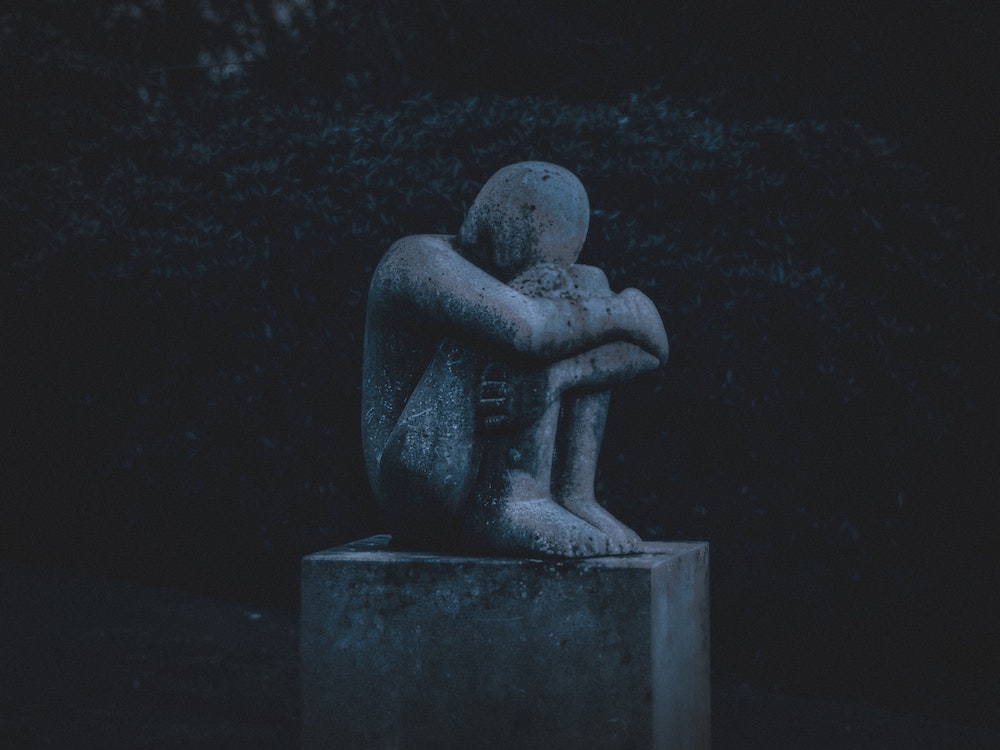After six months of being restricted to her room in assisted living, my mom said this: “It’s a deadly life. Nothing to look forward to except the same. I don’t see anybody.”
Her feelings are shared by many who live in elder care settings. The COVID-19 pandemic has radically constricted the worlds of elders who already find themselves confined by physical and cognitive conditions. No one will dispute that we had a mental health challenge in this country, even before Covid. Now, especially in long term care, after months of lockdown, we have a mental health crisis.
Dedicated staff have given their all—and some, their lives—to make sure their elders are well cared for. Activities teams that relied on groups have found creative ways to support residents who must stay in their rooms. With no visitors allowed, families have come to rely on virtual calls as the only way to get face time with loved ones. CMS even made funding available for 10 tablets per setting. As one activities director told me, “Setting up virtual calls and managing outdoor family visits is my full-time job.”
All of this is both a mark and measure of resilience in the face of terrible loss and disruption. But there’s still room for improvement and innovation, given the increasingly clear reality that the pandemic will be with us for many more months before a reliable vaccine and treatments are available.
Improving Access to Virtual Visits, Television, and Tablets
Virtual visits are a necessity for many. But how easily can long-term care residents or their family set up these calls? How long is the wait? Are there enough staff to assist with calls on demand? How much staff time is needed to maintain an individual’s family communication? These are process issues that merit evaluation and refined solutions.
Stuck in their rooms, residents often rely on television for entertainment and distraction. Past studies have shown the average elder spends two hours a day watching TV, similar to time spent at meals. But if someone can’t hear or see well, can they actually enjoy TV? Are their issues being addressed? Can they see and process closed captions? Are we making sure that staff are aware of favorite channels and encouraged to facilitate access. Is there tech help available when needed?
Tablets are a gift when leveraged properly. IN2L and Linked Senior are wonderful solutions; however most nursing homes lack any such focused approach. It’s time to work towards a new paradigm that boosts capabilities to better address the needs of residents for virtual access, connection, and engagement.
Harnessing the Power of Personal Music
Group live music activities have ground to a halt, due to social distancing protocols. But music, especially personal music favorites, can make a huge difference for isolated elders’ mental health and sense of well-being. Personalized music playlists—a program I developed via Music & Memory—have a proven, positive impact.
According to recent research on personalized music in long-term care, “a three-year study of 4,107 residents in 265 California nursing homes found the use of antipsychotic drugs declined by 13% and anti-anxiety medications declined by 17% each quarter for residents with dementia using the music program. The odds of depressive symptoms decreased 16% per quarter and the odds of reported pain decreased 17% per quarter. In addition, the number of days on medications declined by 30% and aggressive behaviors reduced by 20%.”
It’s not often you see a study reflect quarterly improvements of this magnitude. Now is the time to make sure all your residents have their own playlists, with the policies and procedures in place to support three-times daily enjoyment. Music & Memory provides a process and support to enable standardized implementation across your community.
Next Steps
In the face of all these challenges, it’s time for a COVID CRISIS CONFERENCE ON MENTAL HEALTH IN LTC. Our current ways of responding to Covid challenges are inadequate to the task. Let’s “zoom in” on how best to deliver services in a lockdown environment, so we have a more robust system in place by winter. All stakeholders are needed: CMS, provider associations, Pioneer Network, medical and wellness thought-leaders, administrators, nurses, therapy providers, along with quality-of-life engagement organizations, families, and caregivers.
Let’s make sure no matter what the challenges, we support everyone’s essence and their quest to remain “alive inside,” enjoying their days as long as they’re with us.
This article originally appeared in the Pioneer Network blog, 10-21-2020.
Image: K. Mitch Hodge

